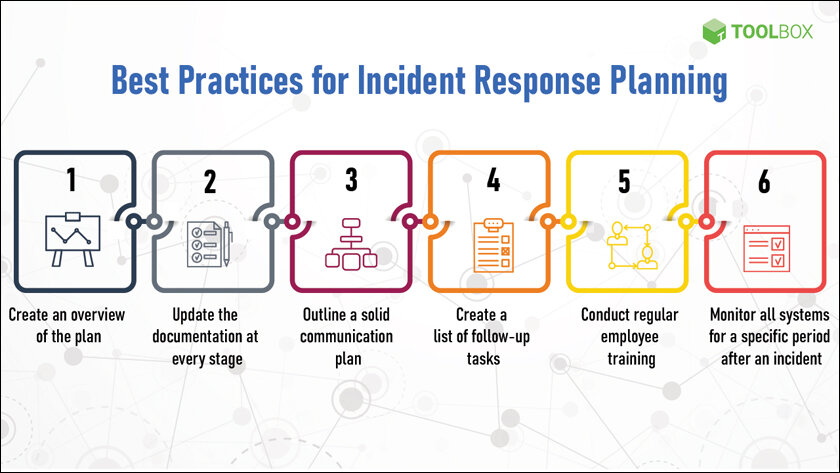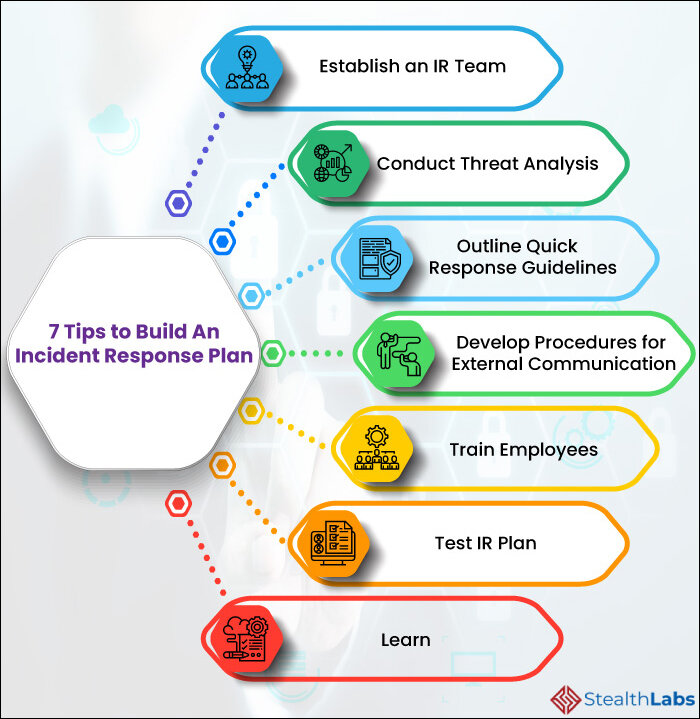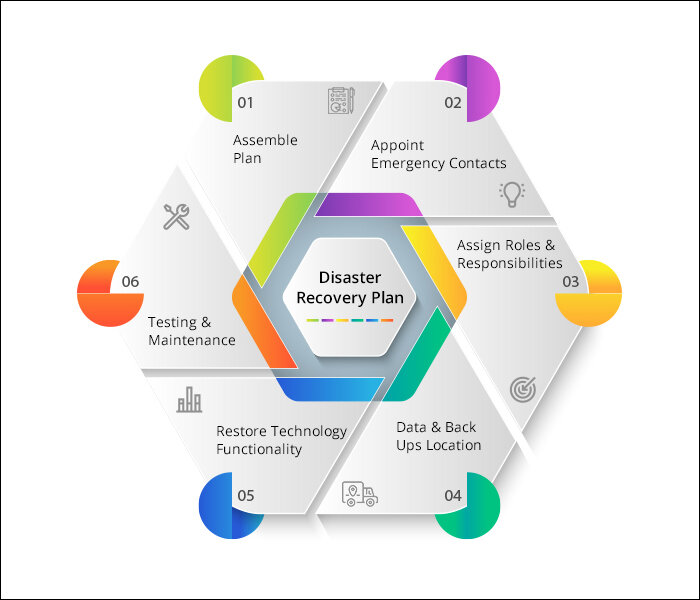No organization is immune to incidents and disasters. This article emphasizes the criticality of incident response and disaster recovery planning.
Organizations rely heavily on their IT systems, operate smoothly and efficiently. However, no matter how robust and secure your systems are, incidents and disasters can still occur. That’s why having a well-defined incident response and disaster recovery plan is crucial for every organization. In this article, we will explore the importance of incident response and disaster recovery and discuss how businesses can effectively prepare for the worst-case scenario.

Understanding Incident Response
Incident response refers to the coordinated effort of identifying, analyzing, and mitigating cybersecurity incidents within an organization. These incidents may range from malware infections and data breaches to hardware failures and natural disasters. An effective incident response plan allows businesses to respond promptly and efficiently to minimize the impact of these incidents.
1. Establishing an Incident Response Team
The first step in preparing for incidents is to establish an incident response team. This team should consist of individuals from various departments, including IT, security, legal, and public relations. Each member should have a clear understanding of their roles and responsibilities in the event of an incident. It is essential to assign a leader who can coordinate the team’s efforts and make critical decisions during high-pressure situations.

2. Creating an Incident Response Plan
A well-documented incident response plan is essential for ensuring a swift and organized response to incidents. The plan should outline the steps to be taken in the event of different types of incidents and provide clear guidelines for data collection, analysis, containment, eradication, and recovery.
Additionally, the plan should include contact information for key stakeholders, such as law enforcement agencies, insurance providers, and public relations professionals. Regularly updating and testing the incident response plan is crucial to ensure its effectiveness in real-world scenarios.
3. Implementing Incident Detection and Monitoring Systems
To effectively respond to incidents, businesses must have robust detection and monitoring systems in place. Intrusion detection systems, log analysis tools, and threat intelligence platforms can help identify potential threats and suspicious activities in real-time. These systems enable organizations to respond promptly and prevent further damage.

Disaster Recovery: Preparing for the Worst
While incident response focuses on immediate cybersecurity incidents, disaster recovery is concerned with the broader recovery process after a major disruption or catastrophe. Disasters may include natural events like fires, floods, and earthquakes, as well as human-made disruptions like power outages or system failures.
1. Assessing Potential Risks and Vulnerabilities
The first step in disaster recovery planning is to assess potential risks and vulnerabilities. This involves identifying critical systems, infrastructure weaknesses, and vulnerabilities to prioritize recovery efforts. Conducting a thorough risk assessment enables organizations to allocate resources effectively and develop strategies to mitigate potential damage.
2. Backing Up Data Regularly
Regular data backups are essential for disaster recovery. By regularly backing up important data and storing it off-site or in the cloud, businesses can minimize data loss and quickly restore their operations in the event of a disaster. It is important to regularly test the restoration process to ensure the backups are functional and reliable.

3. Establishing a Communication Plan
Effective communication is crucial during any disaster recovery process. Businesses should establish a communication plan that outlines how employees, customers, and stakeholders will be notified of the incident and its impact on operations. This plan should include alternate channels of communication, such as email notifications or social media updates, in case the primary communication channels are disrupted.
4. Conducting Regular Testing and Training
Regular testing and training exercises are critical for ensuring the effectiveness of disaster recovery plans. By simulating different disaster scenarios, businesses can identify gaps in their recovery strategies and address them proactively. Additionally, training employees on their roles and responsibilities during a disaster helps improve response times and overall preparedness.
Final Thoughts
Incident response and disaster recovery planning are no longer optional but essential for the survival of any business. By establishing a well-defined incident response plan and implementing robust disaster recovery strategies, organizations can minimize the impact of incidents and recover swiftly when disaster strikes.
It’s not a matter of if an incident or disaster will occur, but when. So, take the necessary steps today to prepare for the worst-case scenario and safeguard your organization’s future.
In case you missed:
- Safeguarding Remote Workforce: Data Protection Measures
- All about Ransomware
- Common Data Protection Mistakes Businesses Must Avoid
- Compliance and Data Protection: Navigating Complex Regulatory Landscapes
- Data Classification and Risk Assessment: Foundations for Effective Data Protection
- Securing the Digital Transformation Journey: Cybersecurity Pitfalls to Avoid
- Top 5 Cloud Security Threats and How to Combat Them
- Supply Chain Attacks: Recognizing and Preventing Risks from Third Parties
- How to Implement Multi-Factor Authentication for Enhanced Security?
- How to Secure Your DevOps Pipelines?









